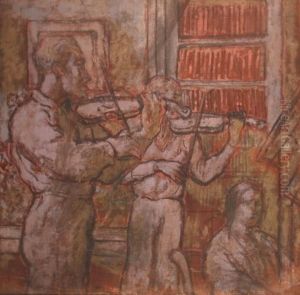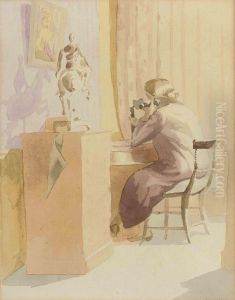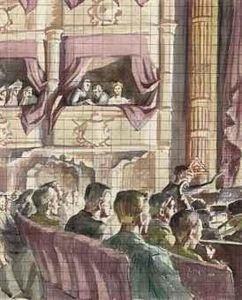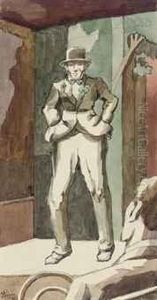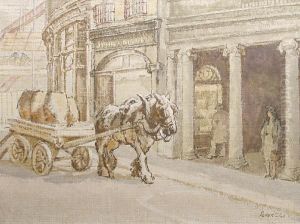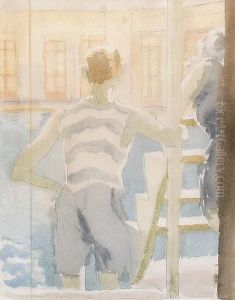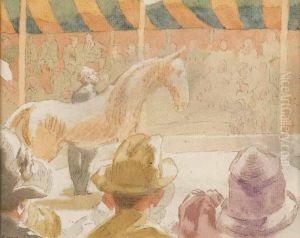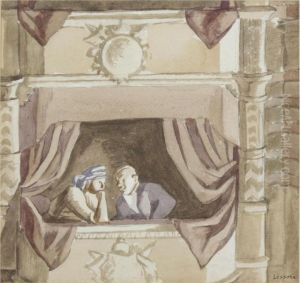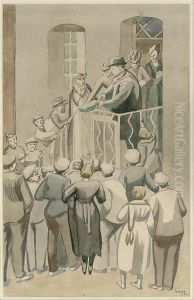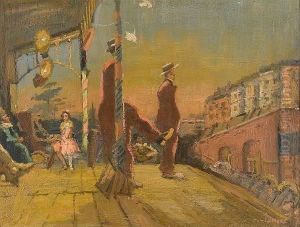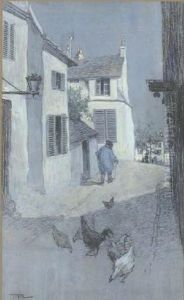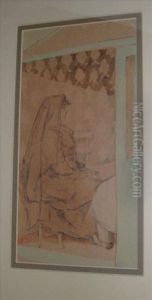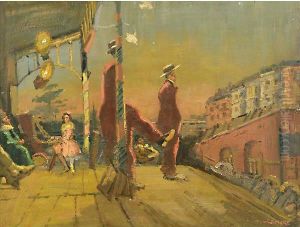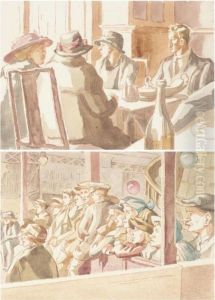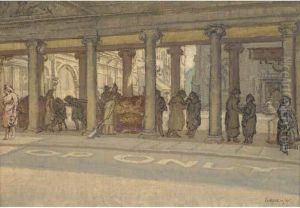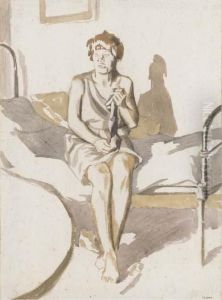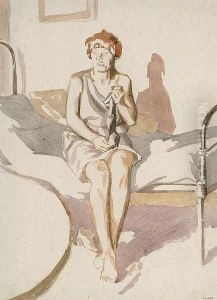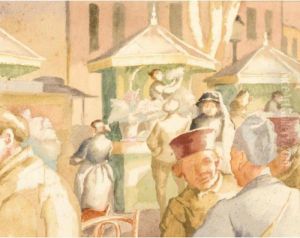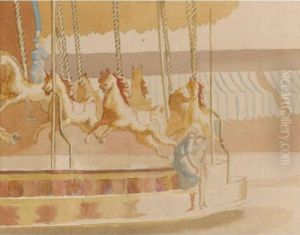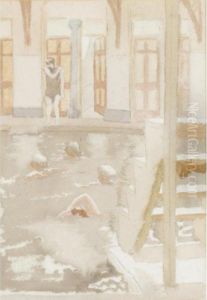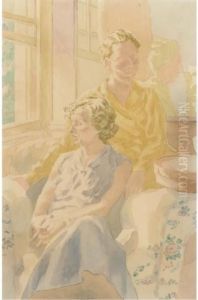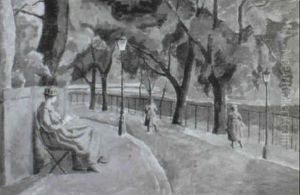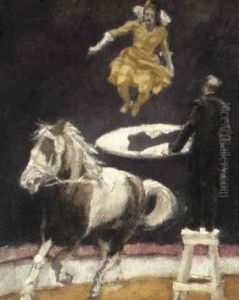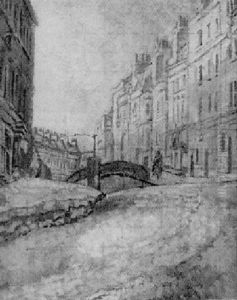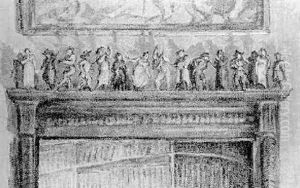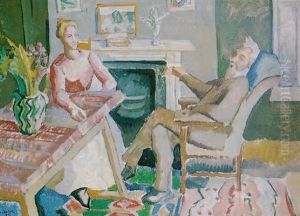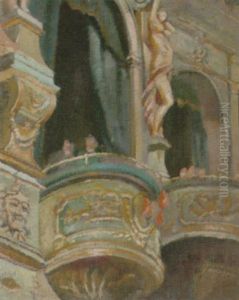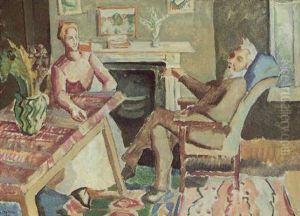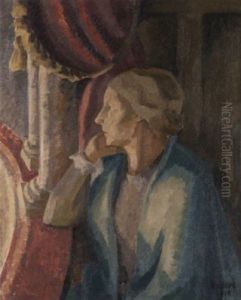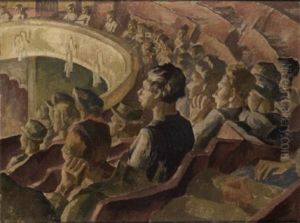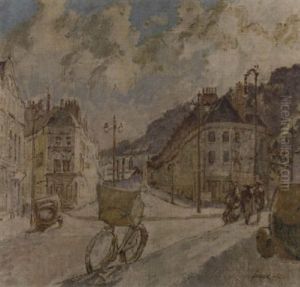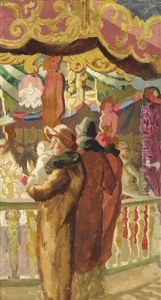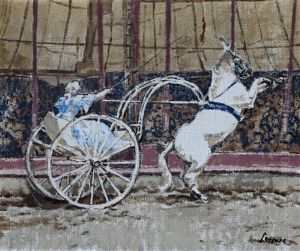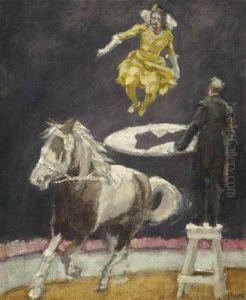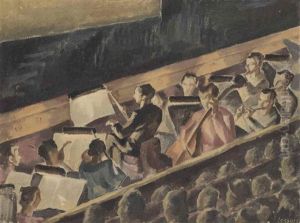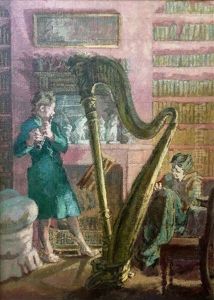Therese Lessore Paintings
Therese Lessore was an English painter known for her involvement in the early 20th-century British art scene, especially her role in the transition from Impressionism to Modernism in the UK. Lessore was born on January 15, 1884, in Brighton, East Sussex, England. She was part of an artistic family; her father, Jules Lessore, was a French painter, and her mother, also an artist, came from the famous Epps family, known for their connections to the Pre-Raphaelite movement.
Lessore received her artistic training at the Slade School of Fine Art, London, where she was influenced by the likes of Henry Tonks and Fred Brown. Her early work was characterized by a strong impressionist style, with a particular focus on scenes of daily life and interiors. She was adept at capturing the fleeting effects of light and atmosphere, which she portrayed in her paintings with a delicate sense of color and composition.
In 1911, Lessore married the artist Bernard Adeney, but they divorced in 1926. She then married Walter Sickert, a pivotal figure in the transition to modern art in Britain, in 1926. Sickert's influence was significant in her artistic development. Though she retained her impressionistic touch, her work began to show the stronger contours and emphasis on the urban environment typical of Sickert's Camden Town Group.
Throughout her career, Lessore exhibited widely, including at the Royal Academy of Arts and the New English Art Club. She was also involved with the London Group, an artists' collective that was instrumental in promoting modern art in Britain. After Sickert's death in 1942, Lessore became more involved in preserving his legacy, organizing exhibitions, and ensuring the promotion of his work.
Therese Lessore passed away in April 1945, leaving behind a body of work that, while sometimes overshadowed by her association with Sickert, is recognized for its unique contribution to the development of modern British painting. Her works are held in various collections, including the Tate Gallery in London, demonstrating her lasting impact on the art world.
